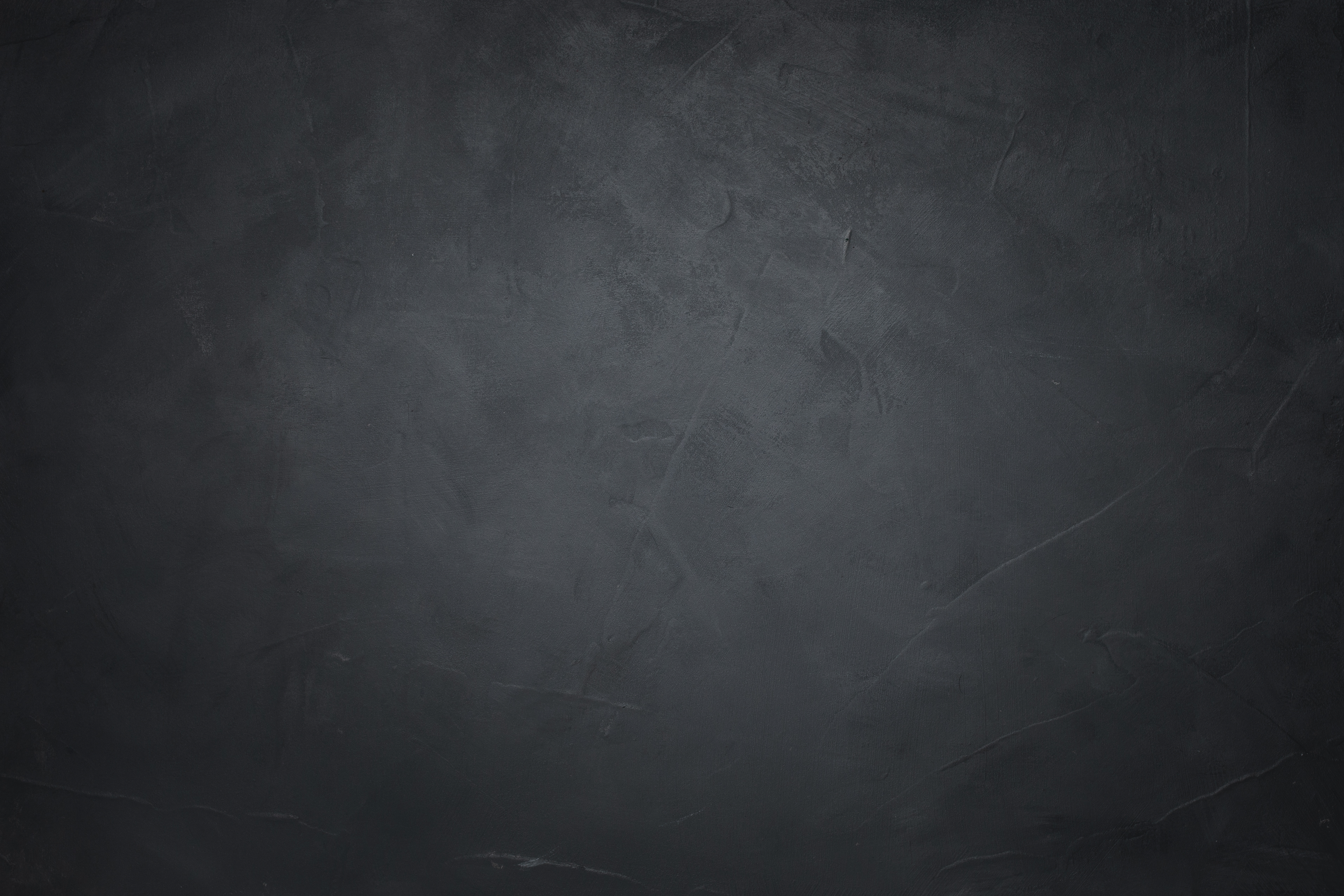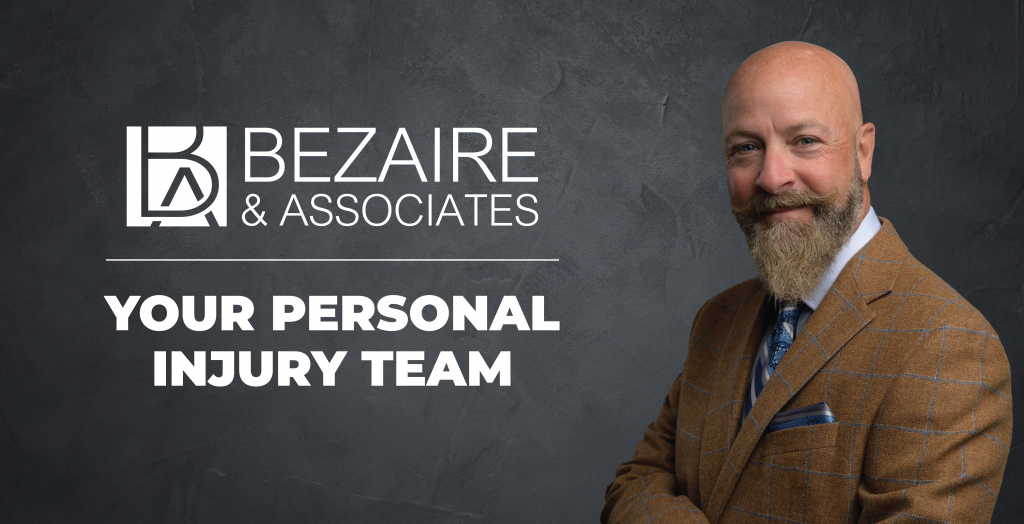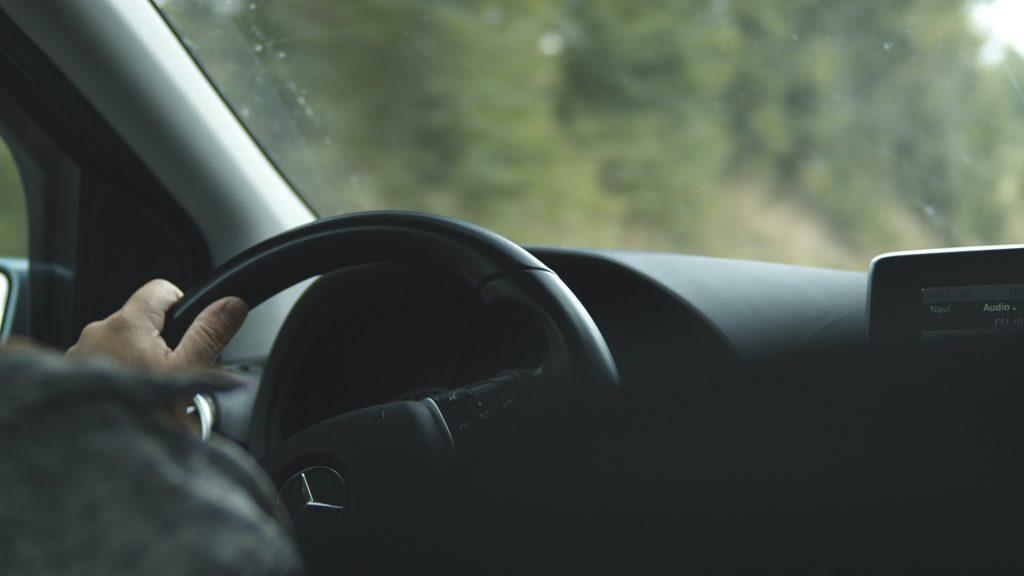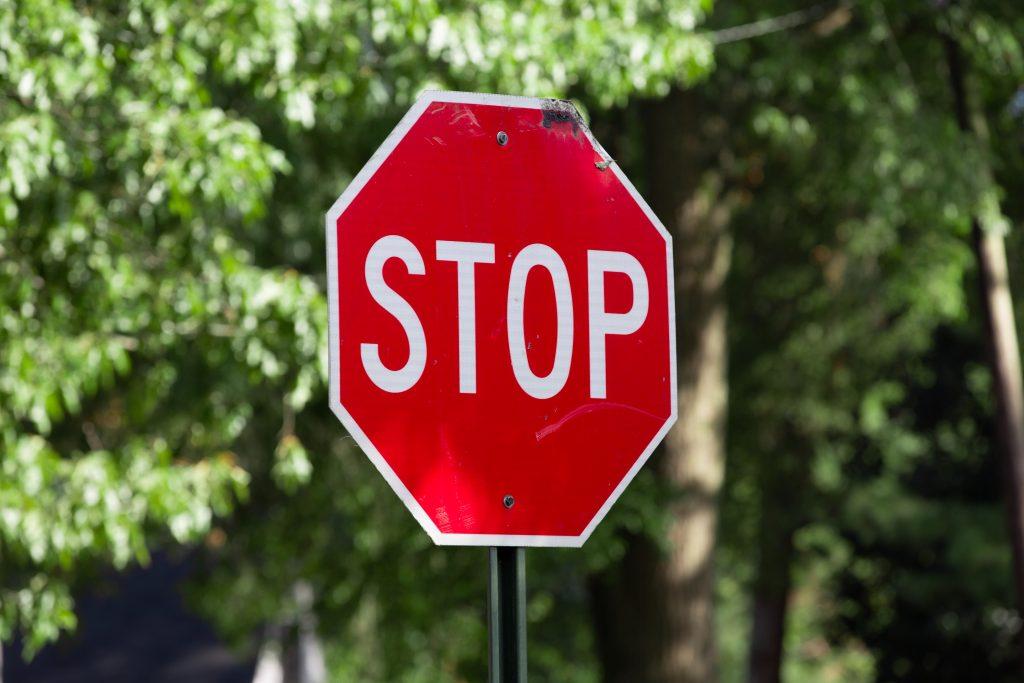Learning the Basics: What Makes a Strong Personal Injury Case?
Do I Have a Personal Injury Case?
Every year in Ontario, tens of thousands of individuals suffer from personal injuries as a result of automobile collisions, slip and fall accidents, defective products, medical negligence, and other causes. However, very few people understand their rights in case of a personal injury. As such, it is essential to understand and be aware of your legal rights in the context of a personal injury in which another person is at fault so that you can pursue the necessary legal action.
What is a Personal Injury Claim?
You may be wondering, “Do I have a personal injury case.” Well, a personal injury case arises when a person has been injured or killed as a result of someone else’s carelessness. A personal injury may be an injury to the body, mind or emotions, as opposed to an injury to property.
For example, consider an automobile accident. If the only damage that occurs is to your car, then you do not qualify for a personal injury case. However, if you were injured in a car accident, then you may have a personal injury case.
Personal injury claims typically involve two main issues: who is liable for the accident and the damage. Typically, there are three factors that are required for a strong personal injury claim: significant damages or injury, clear liability, and deep pockets. Someone who has suffered a severe injury, such as a traumatic brain injury, likely has a large amount of medical bills — this means that they have high damages. However, without liability, there is no case. Damages and liability co-exist, and someone must be at fault in order for there to be a case. Finally, a source of recovery is the third factor. If the liable defendant only has $100,000 of insurance coverage but the injured individual has hundreds of thousands of medical bills, it is likely that $100,000 is the most that the injured person will be able to receive.
In order to build a strong personal injury case, it is essential to have evidence: without evidence, there is no case. As such, it is essential to immediately contact an attorney as they know what to look for and what to do.
What Damages are Classified as Personal Injury?
Damages are the total losses that a person has suffered as a result of the injury. This includes, but is not limited to:
- Pain and suffering
- Out-of-pocket expenses
- Earning capacity
- Legal costs
- Cost of medical treatment and future case
- Future loss of earnings
For more information on personal injury claims, contact our team of qualified personal injury lawyers.













